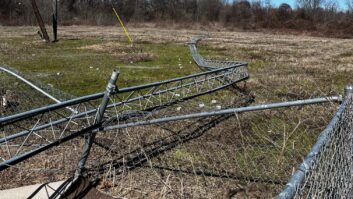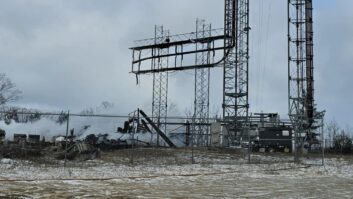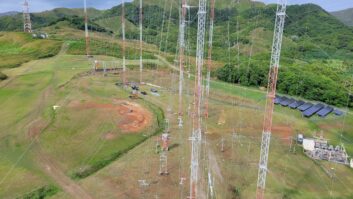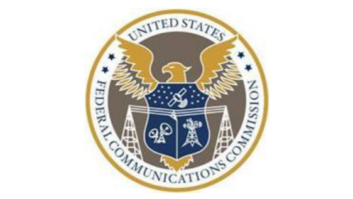
Fig. 1: A smoked snake is an effective electrical conductor.
Patrick Parks is engineering manager for Univision Radio in Dallas/Ft. Worth. He’s been at the facilities since 2000 and involved in most every aspect of broadcast engineering since 1986.
KFZO(FM) is in Denton, Texas, with a transmitter out in the LBJ Grasslands north of Decatur, a rural area. The station recently moved into a new building that still lacked some finishing work — such as seals to the HVAC ductwork and other openings to block critters.
Well, Patrick got such a visitor, shown in Fig. 1, a common water snake that took down his Harris HT 35 transmitter.
The snake apparently had been seeking warmth on a cool morning. It entered an unsealed cable access port and got across the B+ and/or the screen and/or bias supplies. It met its doom — and created a lot of hassle.
Patrick suspects the real damage may have occurred after the initial kill and transmitter shutdown, when he tried subsequent restarts. Once he was on site and reset the overloads, Patrick heard a loud bang or two on restart.

Fig. 2: Patrick Parks thinks the snake routed the plate voltage to other elements of the tube. The cooked snake (Fig. 2) apparently was a decent conductor. Patrick thinks the snake routed the plate voltage to other elements of the tube. Damage included blown bypass caps and RF chokes on or headed for the tube grid.
It took some time to find and replace all the failed components; and working in that tight spot was no fun. You need a mirror, small hands and a bright light.
Things are back to normal, and Patrick’s got everything sealed tight.
* * *
Jerry Arnold is director of engineering for Midwest Communications in Terre Haute, Ind. Jerry sent in some comments on the tower site “problem photo” in the March 24 Workbench.
He points to the ATU supporting framework. In the photo, it appears that the steel framework supporting the ATU is bolted to the concrete tower base directly. If the ATU is struck by lightning, the surge likely would explode the concrete base, perhaps causing the tower to fall.
Jerry also noted that this steel frame is sitting on the 2-inch-wide copper grounding straps. A dissimilar metal galvanic action is possible and, at the least, could hasten the copper’s demise. At worst, this effect could cause quite a “diode” action with the AM signal, which might end up producing spurious emissions. Great points, Jerry.

Fig. 3: Jerry Arnold points out that the steel framework supporting the ATU is bolted to the concrete tower base directly. If the ATU is struck by lightning, the surge could explode the concrete base. * * *
Milan Chepko is with Veni Vidi Video in Austell, Ga. He commented on the use of the stainless steel oxygen/acetylene tip cleaning wire discussed in an April 21 tip by Hall Communications’ Dennis Snyder. You’ll recall these wires are inexpensive and work well to clear solder from Printed Circuit Board holes.
Stuck without such a tool? Milan writes that for close to 50 years, his favorite “tool” for this job has been a moist wooden toothpick.
He keeps a couple in his wallet for their intended purpose. If he needs to clear a printed circuit board solder pad hole, though, he holds one end of the toothpick in his mouth to get it damp while he sets up the soldering iron. Then he puts the wet tip of the toothpick against the pad and touches the metal with the hot iron. As the solder softens, the pick pokes through the hole, clearing the solder hole without any chance of damaging something.
Milan’s favorites are round toothpicks because they have a sharp tip, but almost any will do in a pinch. Damp toothpicks also are handy for clearing solder bridges between traces on printed circuit boards. The melted solder won’t stick to them, and they won’t damage the board. Great idea, and the price is right, too.
* * *
In addition to a mirror as mentioned earlier, Paul Sagi adds a jeweler’s eye loupe to the list of custom tools an engineer should have on hand.
This small magnifying glass may only give 5X or 10X magnification; but for fine work — like checking for solder trace bridges or working with the fine wires used in some miniature microphones or headsets — it’s a “must have.”
Paul cautions beginner engineers that fine wires like these may be enameled. This enamel coating keeps them from shorting together. You must scrape the enamel coating off before resoldering. A small piece of crocus cloth or very fine sandpaper, gently rubbed on the wire, will remove the enamel so it can be resoldered.
These repairs are an exercise in patience. Take it slow and be careful that you don’t nick or damage the wire.
Paul Sagi is a broadcast engineer in Kuala Lumpur.
John Bisset marked his 40th year in radio recently. He is international sales manager for Europe and Southern Africa for Nautel and a past recipient of the SBE’s Educator of the Year Award. Reach him at[email protected]. Faxed submissions can be sent to (603) 472-4944.
Submissions for this column are encouraged and qualify for SBE recertification credit.












